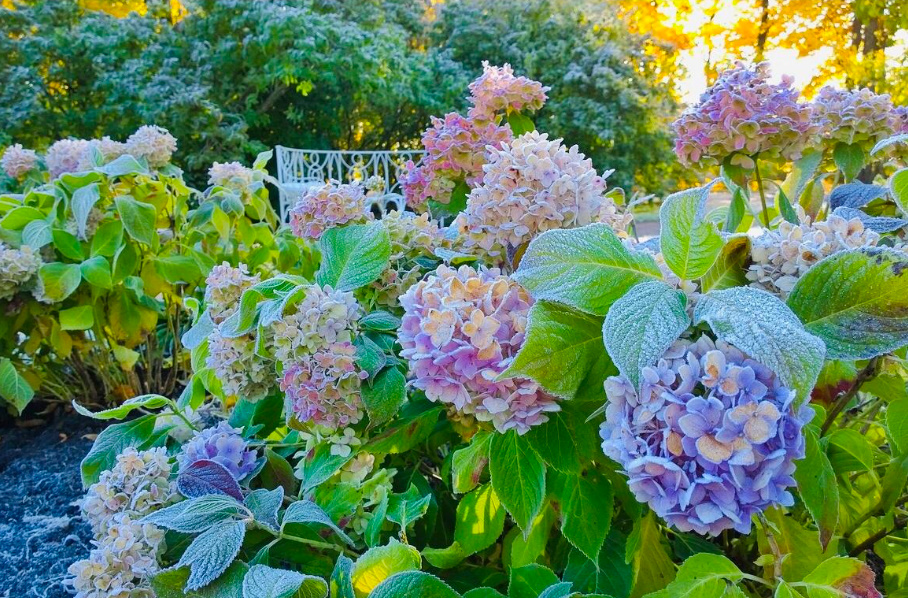
Hydrangeas are firmly established in our gardens. And what would we do without them — without such festive luxuriant beauties having a lot of varieties and varieties! Despite the rather large number of species, Hydrangea arborescens and Hydrangea paniculata are most often found on our sites. More sophisticated gardeners boldly settle exquisite and delicate princesses — Hydrangea macrophylla and Hydrangea sargentiana. Someone manages to tame Hydrangea heteromalla, Hydrangea quercifolia or Hydrangea Serrata.
These plants have earned love and respect not only for their stunning appearance. A large number of species and varieties of hydrangeas are easy to grow in the middle zone and even further north. There are real persistent garden soldiers, blooming beautifully in summer and quietly wintering at temperatures up to -40 ° C without shelter.
But it often happens that love at first sight goes to a gentle heat-loving beauty, and it is impossible to refuse the pleasure of enjoying her lush flowering. But you still have to fight for it: dazzling beauty requires sacrifices — mainly from the gardener. Let’s find out how to insulate hydrangeas so that they wintered without losses.
Hydrangea arborescens
The most stable and trouble-free species from the point of view of wintering. Plants withstand severe frosts, but this applies, of course, to the underground part: such hydrangeas bloom on twigs that grow in the new season. To prepare for winter, the bush is usually cut off, leaving 3-4 buds on the shoots. At a minimum, it is worth cutting off large caps of dried flowers so that they, loaded with snow, do not break the bush. In the next video, you can see what happens if the gardener does not have time to prepare the hydrangea for winter in time, and how to cope with it.
Adult Hydrangea arborescens overwinter well — this is a fact, but if you planted a bush only this year, it’s worth hedging and helping it survive the first winter. To do this, the young plant needs to be pruned and a little hoed with dry earth. Then — wrap up with straw or cover with dry leaves and cover with a lattice box or box so that the air insulation is not blown away by the wind.
Hydrangea paniculata
This species is also characterized by high winter hardiness. Such hydrangeas survive at temperatures up to -34 ° C, but the ends of the shoots can suffer in particularly harsh and snowless winters. As a rule, this does not particularly affect the flowering, since flower brushes are formed in this species also on the shoots of the new season. Nevertheless, the winter hardiness of different varieties may vary, so before buying, you need to ask about this characteristic of the cultivar. And in any case, it is necessary to insulate the hydrangea grown from the cuttings in the first year of life.
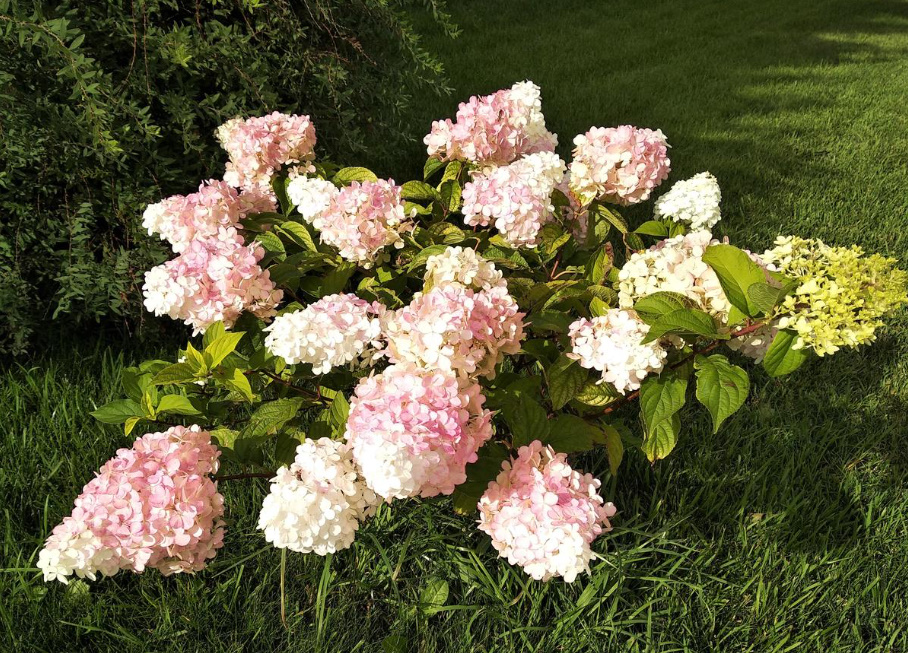
Before the onset of cold weather, many gardeners prune Hydrangea paniculata, leaving 3-5 buds on strong shoots and removing thin weak twigs. If your beauty grows in a place where large snowdrifts form in winter, then you can build a crate of slats over it to prevent heavy snow from breaking branches. Large bushes are well tied with twine, collecting shoots in a bundle. To tall plants growing in 1-2 trunks, it is absolutely necessary to put a strong stake so that they are not broken by the wind. If you prefer to prune Hydrangea paniculata in spring, then in winter you need to at least rid the bush of especially large brushes: snow sticks to them in large lumps and breaks up the bush, and icy rain can cause the greatest damage. It is recommended to mulch the trunk circle with a thick layer of compost before wintering.
Hydrangea macrophylla
The biggest troubles associated with wintering await the happy owner of this type of hydrangeas. The fact is that flower buds are laid in their early autumn on the tops of shoots. They do not have good winter hardiness, and therefore it is necessary to make efforts to preserve them. However, there are varieties that can form flowers both on last year’s and on the shoots of the current season. So if freezing happens, then your beauty will still bloom, only later and not so splendidly. In very cold conditions, such plants are often grown in containers and brought into cool rooms for the winter.
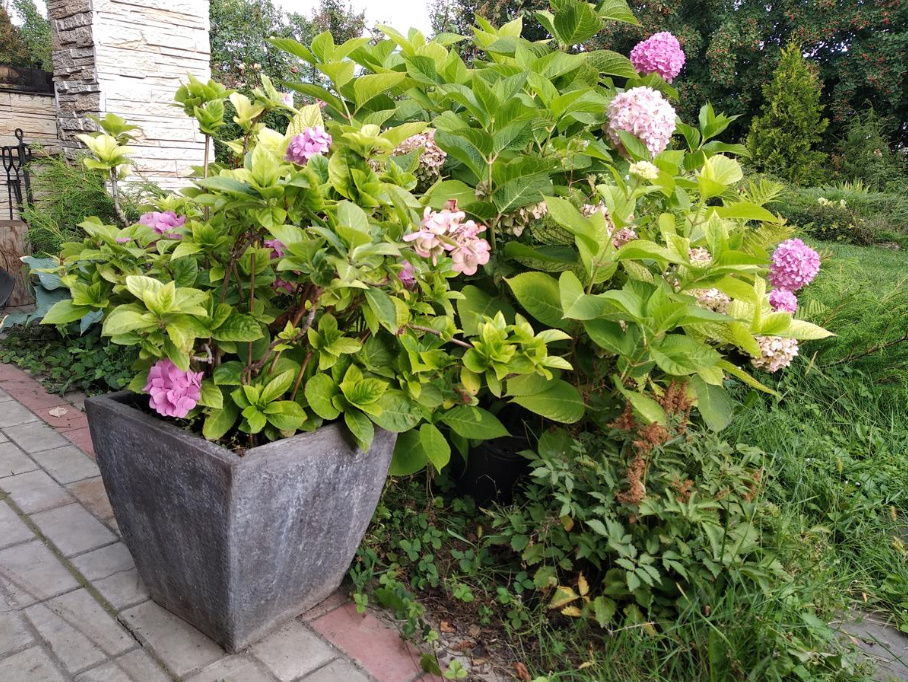
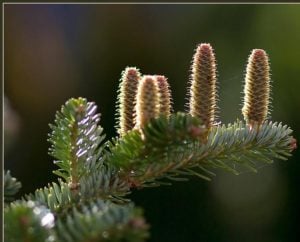
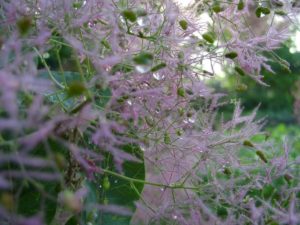

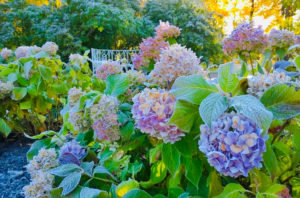
Leave a Reply